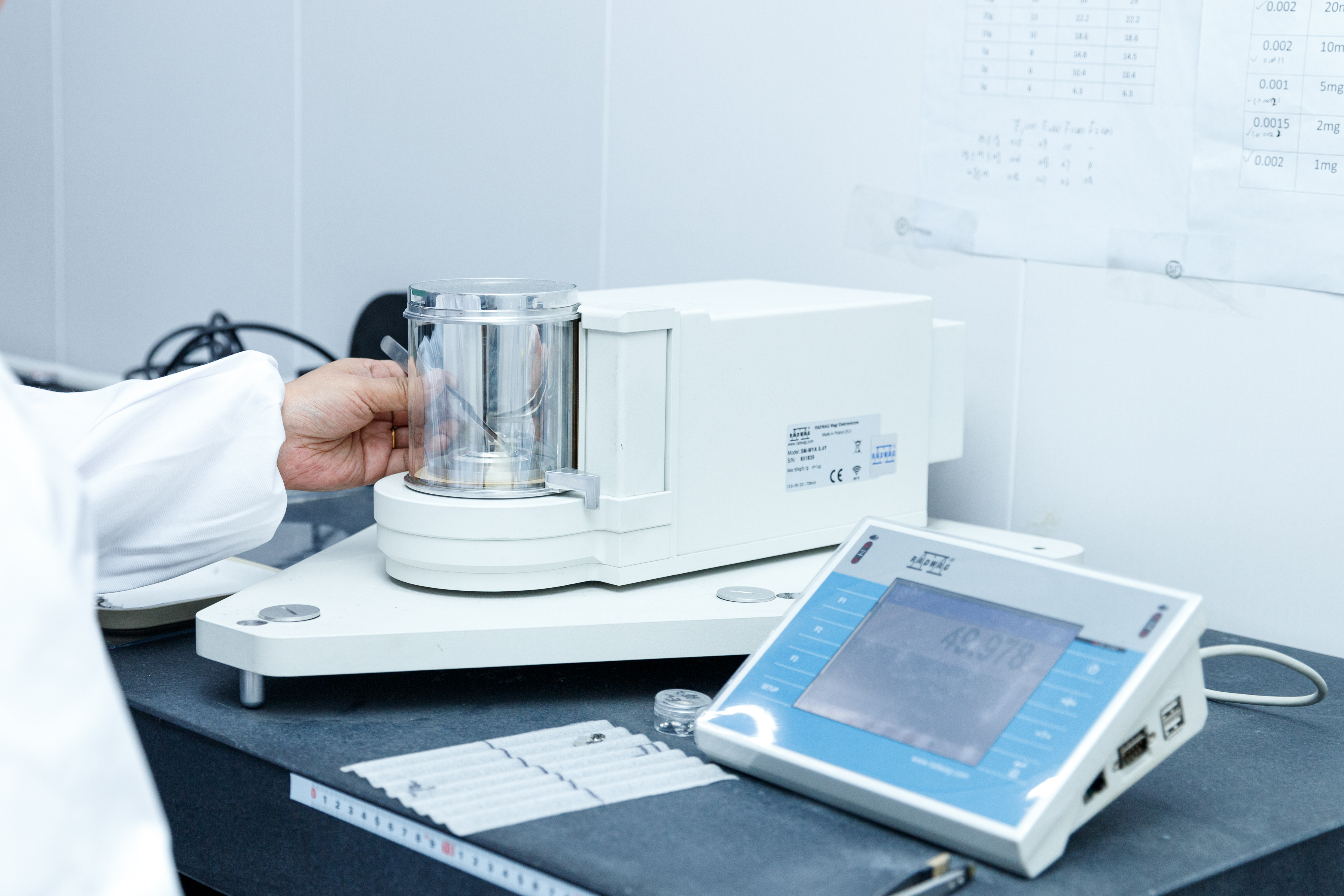માપાંકનઇન્ટરનેશનલ સોસાયટી ઓફ ઓટોમેશન (ISA) દ્વારા સહિષ્ણુતાને "નિર્દિષ્ટ મૂલ્યથી અનુમતિપાત્ર વિચલન; માપન એકમો, ગાળાના ટકા અથવા વાંચનના ટકામાં વ્યક્ત કરી શકાય છે" તરીકે વ્યાખ્યાયિત કરવામાં આવી છે. જ્યારે સ્કેલ કેલિબ્રેશનની વાત આવે છે, ત્યારે સહિષ્ણુતા એ રકમ છે જે તમારા સ્કેલ પર વજન વાંચન માસ સ્ટાન્ડર્ડના નજીવા મૂલ્યથી અલગ હોઈ શકે છે જેમાં શ્રેષ્ઠ ચોકસાઈ હોય છે. અલબત્ત, આદર્શ રીતે, બધું સંપૂર્ણ રીતે મેળ ખાશે. કારણ કે એવું નથી, સહિષ્ણુતા માર્ગદર્શિકાઓ ખાતરી કરે છે કે તમારું સ્કેલ એવી શ્રેણીમાં વજન માપી રહ્યું છે જે તમારા વ્યવસાયને નકારાત્મક અસર કરશે નહીં.
જ્યારે ISA ખાસ જણાવે છે કે સહિષ્ણુતા માપન એકમો, ગાળાના ટકા અથવા વાંચનના ટકામાં હોઈ શકે છે, માપન એકમોની ગણતરી કરવી આદર્શ છે. કોઈપણ ટકાવારીની ગણતરીની જરૂરિયાતને દૂર કરવી આદર્શ છે, કારણ કે તે વધારાની ગણતરીઓ ફક્ત ભૂલ માટે વધુ જગ્યા છોડે છે.
ઉત્પાદક તમારા ચોક્કસ સ્કેલ માટે ચોકસાઈ અને સહિષ્ણુતાનો ઉલ્લેખ કરશે, પરંતુ તમારે કેલિબ્રેશન સહિષ્ણુતા નક્કી કરવા માટે આનો ઉપયોગ તમારા એકમાત્ર સ્ત્રોત તરીકે ન કરવો જોઈએ. તેના બદલે, ઉત્પાદક દ્વારા નિર્દિષ્ટ સહિષ્ણુતા ઉપરાંત, તમારે ધ્યાનમાં લેવું જોઈએ:
નિયમનકારી ચોકસાઈ અને જાળવણી આવશ્યકતાઓ
તમારી પ્રક્રિયા જરૂરિયાતો
તમારી સુવિધામાં સમાન સાધનો સાથે સુસંગતતા
ઉદાહરણ તરીકે, ધારો કે તમારી પ્રક્રિયા માટે ±5 ગ્રામની જરૂર છે, પરીક્ષણ સાધનો ±0.25 ગ્રામની ક્ષમતા ધરાવે છે, અને ઉત્પાદક જણાવે છે કે તમારા સ્કેલ માટે ચોકસાઈ ±0.25 ગ્રામ છે. તમારી ઉલ્લેખિત કેલિબ્રેશન સહિષ્ણુતા ±5 ગ્રામની પ્રક્રિયા આવશ્યકતા અને ઉત્પાદકની ±0.25 ગ્રામની સહિષ્ણુતા વચ્ચે હોવી જોઈએ. તેને વધુ સંકુચિત કરવા માટે, કેલિબ્રેશન સહિષ્ણુતા તમારી સુવિધા પરના અન્ય સમાન સાધનો સાથે સુસંગત હોવી જોઈએ. કેલિબ્રેશન સાથે ચેડા થવાની શક્યતા ઘટાડવા માટે તમારે 4:1 ના ચોકસાઈ ગુણોત્તરનો પણ ઉપયોગ કરવો જોઈએ. તેથી, આ ઉદાહરણમાં, સ્કેલની ચોકસાઈ ±1.25 ગ્રામ અથવા વધુ ફાઇનર (4:1 ગુણોત્તરથી 5 ગ્રામ ભાગ્યા 4) હોવી જોઈએ. વધુમાં, આ ઉદાહરણમાં સ્કેલને યોગ્ય રીતે માપાંકિત કરવા માટે, કેલિબ્રેશન ટેકનિશિયને ઓછામાં ઓછા ±0.3125 ગ્રામ અથવા વધુ ફાઇનર (4:1 ગુણોત્તરથી 1.25 ગ્રામ ભાગ્યા 4) ની ચોકસાઈ સહિષ્ણુતા સાથે માસ સ્ટાન્ડર્ડનો ઉપયોગ કરવો જોઈએ.
પોસ્ટ સમય: ઓક્ટોબર-૩૦-૨૦૨૪

